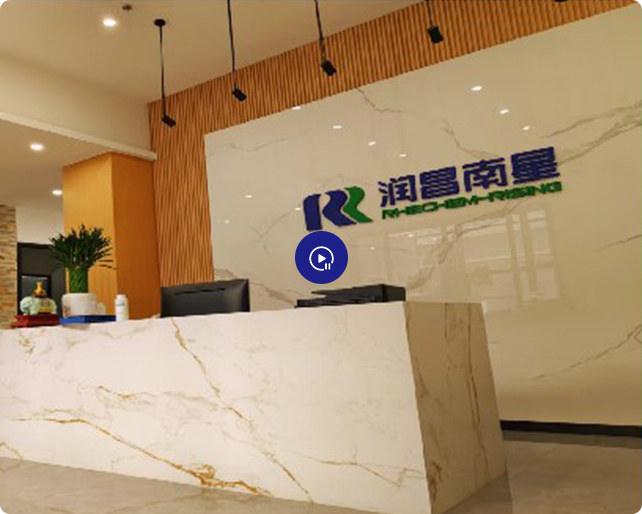Waterborne Acrylic Emulsion: Advanced Composition, Functional Performance, and Future Innovations
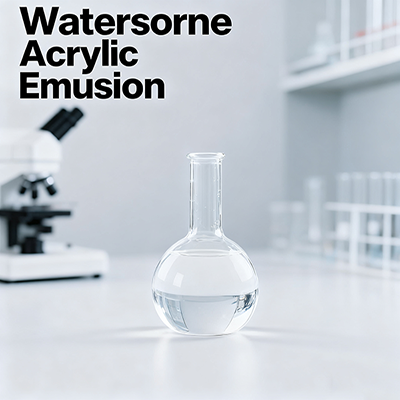
Waterborne acrylic emulsions represent a critical class of colloidal systems in which discrete acrylic polymer particles are stabilized in an aqueous continuous phase. These systems have gained prominence as sustainable alternatives to solvent-borne coatings due to their low volatile organic compound (VOC) content and compliance with increasingly stringent global environmental regulations. The continued evolution of waterborne acrylic emulsion technology reflects a convergence of polymer science, industrial requirements, and ecological responsibility.
Chemical Composition and Classification
The performance of a waterborne acrylic emulsion is fundamentally governed by the selection and ratio of monomers, the emulsification system, and the polymerization process. Based on their chemical architecture, these emulsions can be categorized into several functional types:
 Pure Acrylic Emulsions
Pure Acrylic Emulsions
 Styrene-Acrylic Emulsions
Styrene-Acrylic Emulsions
 Functionalized and Crosslinkable Acrylic Emulsions
Functionalized and Crosslinkable Acrylic Emulsions
Key Performance attributes and Application-Specific Design
The formulation of waterborne acrylic emulsion must be tailored to application-specific requirements through careful control of particle size, glass transition temperature (Tg), minimum film-forming temperature (MFFT), and colloidal stability.
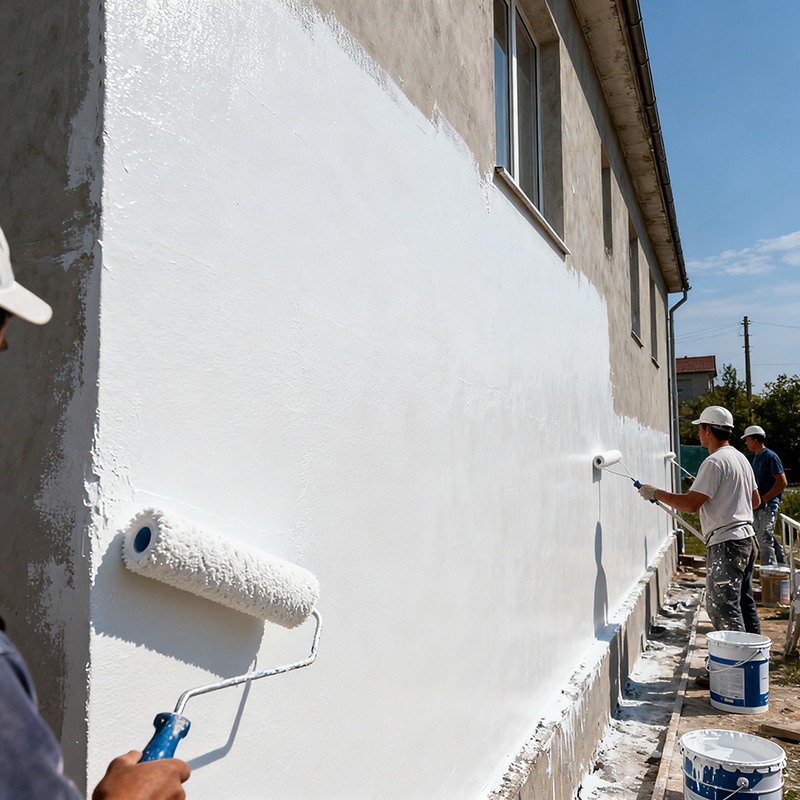
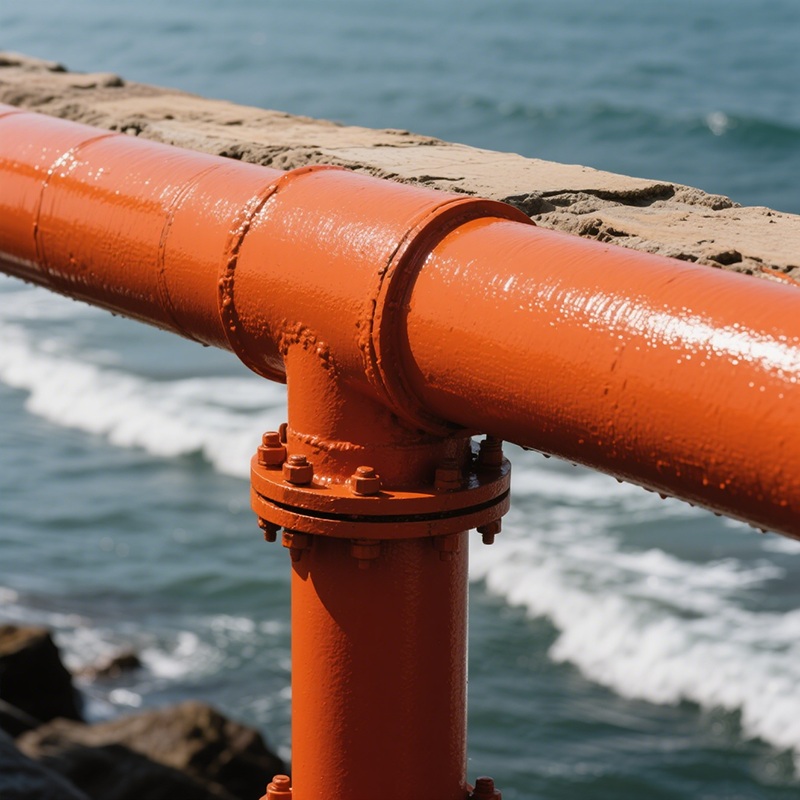
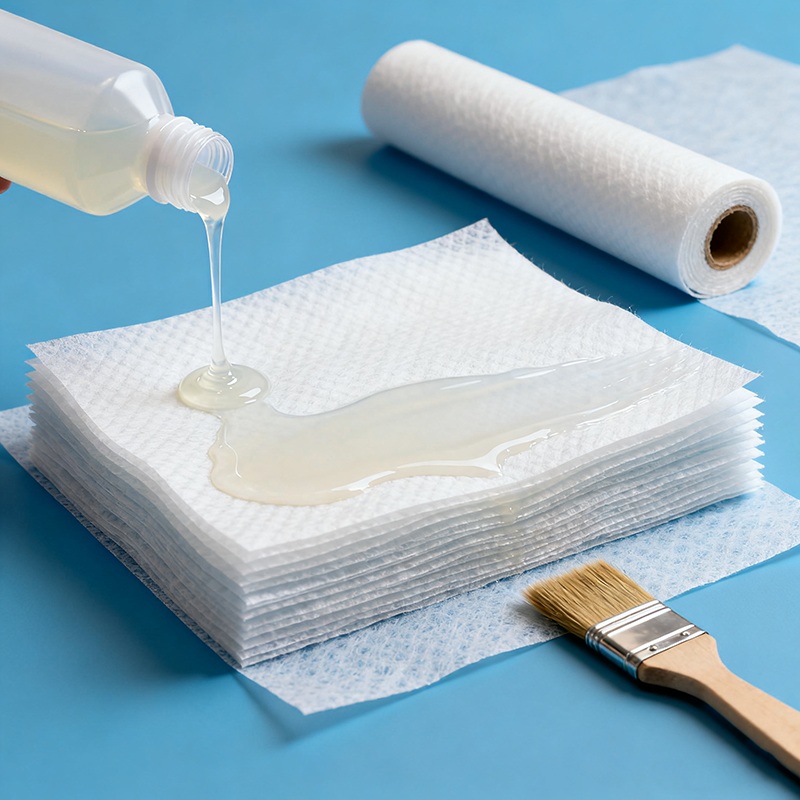
Future Innovations and Technological Trends
Ongoing research aims to transcend conventional performance boundaries and introduce multi-functional characteristics:
Nanocomposite and Hybrid Emulsions
Integration of nano-silica, ZnO, or layered silicates enhances barrier properties, scratch resistance, and thermal stability. Encapsulation of nano-additives within polymer particles improves dispersion stability and prevents agglomeration. Hybrid systems such as acrylic-siliconized emulsions are being developed for extreme weather resistance.
Bio-based and Circular Materials
Emulsions derived from bio-acrylic acid, itaconic acid, or lignin-based surfactants are gaining traction. Lifecycle assessment (LCA) and carbon footprint reduction are driving adoption in green building certifications such as LEED and BREEAM.
Stimuli-Responsive and Smart Coatings
pH-responsive, thermochromic, or self-healing waterborne acrylic emulsions represent the next frontier. Microencapsulated healing agents or conductive polymers (e.g., PEDOT:PSS) are incorporated for specialized applications in smart packaging and electronic coatings.
Process and Regulatory Advancements
Advances in semi-batch and seeded emulsion polymerization allow better control over particle morphology and molecular weight distribution. Compliance with regulations such as REACH, EPA TSCA, and China GB 18582-2020 necessitates continuous reduction of residual monomers and APEO-free surfactants.
Conclusion
Waterborne acrylic emulsions continue to evolve as a backbone of sustainable coating and adhesive systems. Their versatility stems from tunable chemistry and compatibility with a wide array of additives and modifiers. Future developments will likely focus on high-performance hybrid systems, intelligent functionalities, and deeper integration of circular economy principles. As material science and process technology advance, waterborne acrylic emulsions are expected to further displace solvent-based systems while enabling new applications in emerging industries.



Sitemap Blog Xml Privacy Policy
Copyright @ Runshine New Materials(FoShan) Co.,Ltd. All Rights Reserved.
 Network Supported
Network Supported
leave a message
Scan to wechat :

Scan to whatsapp :

